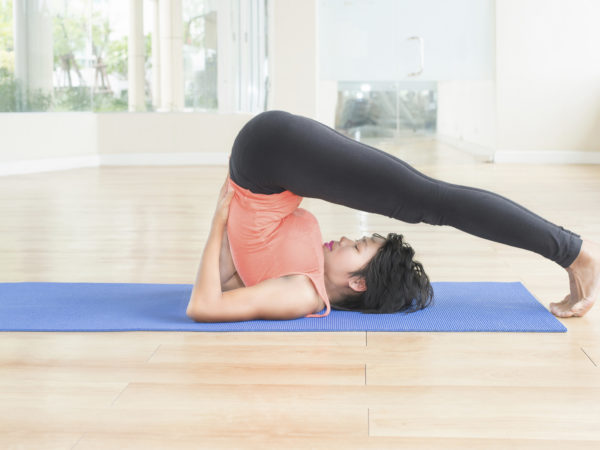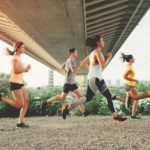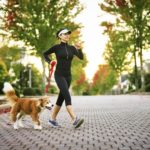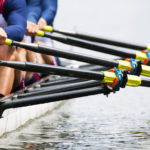Plow Pose

“Practicing the Plow Pose is a great way to release tension and experience a deep stretch.” – Andrew Weil, M.D.
Description & History
The Plow Pose is a popular yoga pose known in Sanskrit as halasana which comes from hal meaning plow and asana meaning posture. Many consider this a difficult pose and practitioners should be cautious when trying it for the first time. The Plow Pose provides stretching benefits for the neck, shoulders and back as well as the legs and hips. It is said to aid in relaxation and relieve stress.
How to Perform Plow Pose
- Start by lying on your back with arms beside your body and palms on the floor. As you inhale, engage your abdominal muscles to lift your feet from the floor and raise your legs vertically into the supported shoulder stand or Salamba Sarvangasana. Continue an even breathing pattern.
- When ready, engage your core muscles and bending from the hips, slowly bring your legs over the top of your body until your feet touch the floor. Keep your torso perpendicular to the floor and legs fully extended if possible. Make sure your shoulder blades are bearing the weight of your body and your neck. One way to help is to push your shoulder blades back and together while pushing your chin into your chest.
- Your back should be perpendicular to the floor without any bend or curve and your legs should be straight from your hips to the floor with feet flexed. Let your breathing even out and relax as you hold this pose for one minute, or shorter if trying for the first time.
- When ready, slowly bring your hands onto your back for support, lift your legs up over your head and stay there briefly, then slowly drop your hips to the floor and roll onto your back.
Potential Health Benefits
- Strengthens and opens the neck, shoulders, and back muscles
- Reduces stress and fatigue
- Stretches legs and arms
- Relieves backache and lower back pain
Flexibility is important for healthy joints and muscles; oftentimes, limited flexibility leads to injury. Researchers examined yoga as an effective exercise for improving flexibility compared to gymnastics. During the study, 150 male students were divided into three groups that each performed one of the following: yoga, gymnastics, and a control group comprising no specific activity. Results of the year-long study were published in the International Journal of Health, Physical Education & Computer Science in Sports. Researchers found those who performed the yoga poses, one of which was Plow Pose, had a larger increase of flexibility compared to the gymnastics group. These results show practicing yoga poses improve flexibility and may improve overall health while reducing the risk of injury.
Modifications & Variations
The Plow Pose is not advised for beginners without proper training and experience. If you are attempting the pose for the first time, you can use a variation that allows less stress on the back and neck. To perform this variation, set a chair near your head and place your feet onto the chair as balance.
If you are able to perform the full Plow Pose, a way to deepen the pose is to squeeze your shoulder blades together to lift yourself up on your shoulders. Once you do this, broaden your shoulder blades and keep resistance in your upper arms as you press into the floor.
Precautions
The Plow Pose places strain on the neck and shoulders. If you suffer from neck, shoulder, or back problems, be cautious when performing this pose or avoid it altogether. Also, if you have cardiovascular conditions such as high blood pressure, consult your doctor first before performing this pose. The Plow Pose is considered an intermediate to advanced pose and beginners are advised to start with other variations and other poses before performing this one.
Related Poses
- Bridge Pose (Setu Bandha Sarvangasana)
- Downward-Facing Dog (Adho Mukha Svanasana)
- Seated Forward Bend (Paschimottanasana)
Reviewed by: James Nicolai, M.D., on August 20th, 2013.
Sources
Thakur, Kuntal. “A Comparative Study Of Yogasanas And Gymnastic Activities On Flexibilities Of School Boys.” International Journal of Health, Physical Education & Computer Science in Sports. No: 1 (2013).









